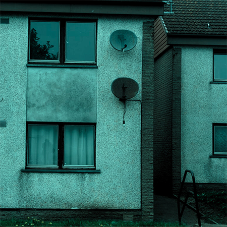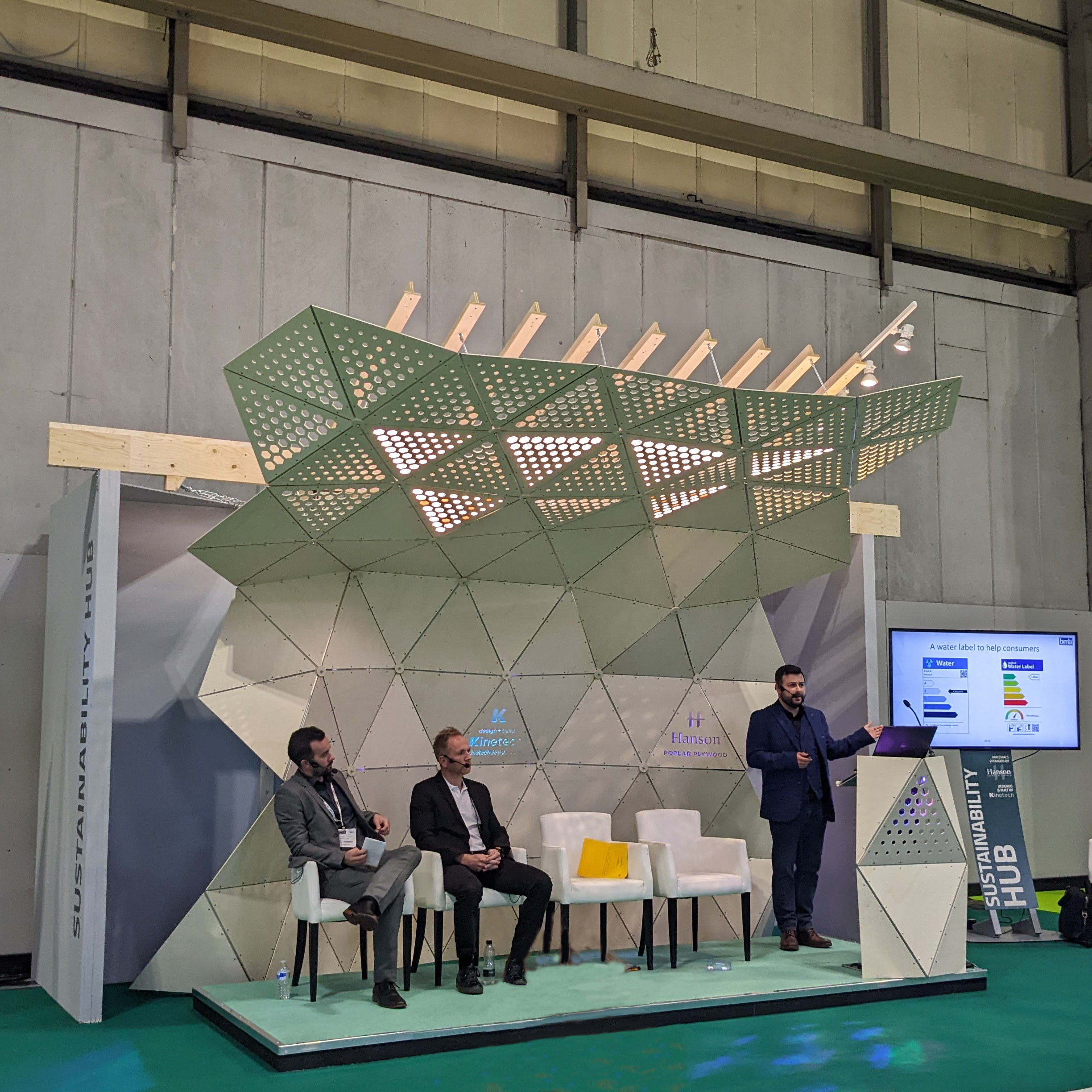Home automation is very quickly becoming commonplace. Let’s set a scene: You're driving home from work. Your connected car pings your estimated time of arrival to your home. The thermostatically controlled heating comes on; the lights in the hall and living room pop on; the oven begins warming up the dinner you cooked the night before. No, you’re not trapped in a sci-fi movie – your home has just been upgraded to include a home automation system.
The phrases "Smart Building” and "home automation" conjures up images of sleek new structures incorporating all the latest energy-saving, new age technology bells and whistles, but that’s only part of the story as a number of “smart” elements could apply to older, existing buildings.
But what exactly are Smart Buildings? The simple answer is that there’s automation involved somehow that makes managing and operating buildings more efficient. Pinning down an exact definition, though, isn’t easy in a sector that’s evolving so quickly.
IBM offers one explanation: “Smarter buildings are well managed, integrated physical and digital infrastructures that provide optimal occupancy services in a reliable, cost effective, and sustainable manner. Smarter buildings help their owners, operators and facility managers improve asset reliability and performance that in turn reduces energy use, optimises how space is used and minimises the environmental impact of their buildings.”
At the most fundamental level, Smart Buildings deliver useful building services that make occupants productive (for example illumination, thermal comfort, air quality, security, and sanitation to name but a few) at the lowest cost and environmental impact over the building lifecycle. Smart Buildings look beyond the building equipment within their own walls. They are connected and responsive to the smart power grid, and they interact with building operators and occupants to empower them with new levels of visibility and actionable information.
And if we're talking about Smart Buildings, we must also talk about The Internet of Things. Internet of Things (IoT) or Internet of Everything (IoE) refers to devices or objects that are connected to the Internet, like your smartwatch, Fitbit, or in this case, your refrigerator. These devices are able to collect and transmit data via the Internet, contributing to our big data world; this means you can switch on your heating on your way home from work or turn off the bedroom light you forgot on when you ran into your taxi, on your way to the airport and a holiday destination.
The future for home automation looks very exciting. Through the latest technological advancements, homeowners can now make the lives of their family safer and more cost effective through the use of smart home devices.
Find more Home Automation resources on our Home Automation Hub
Related Blog Articles



crop192.png)












